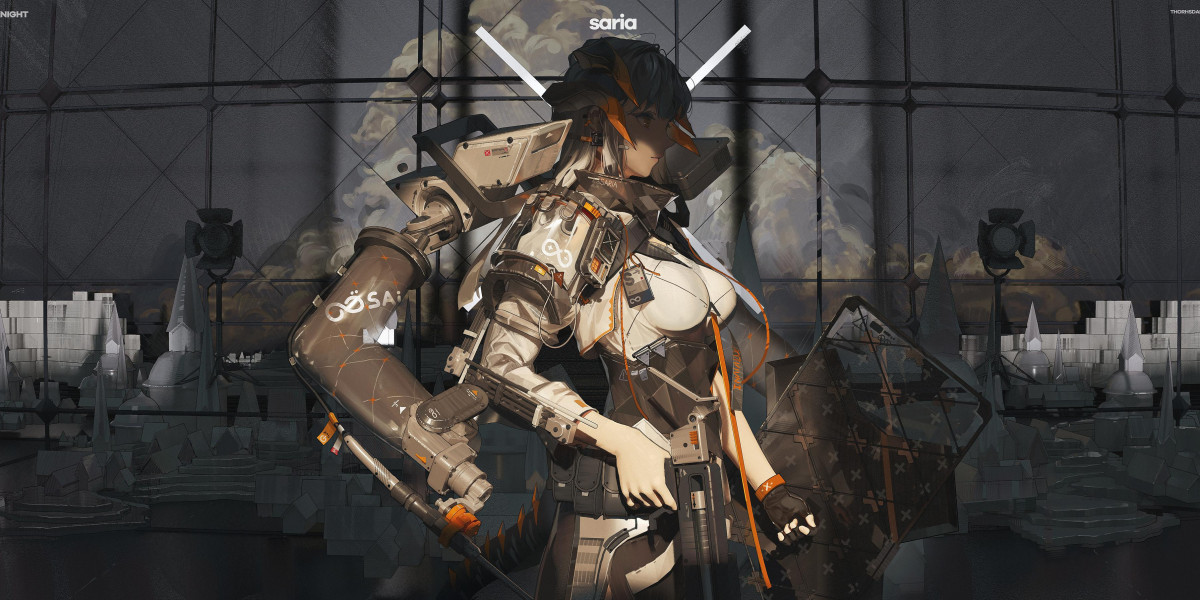Unlock the Secrets to Finding the Perfect FDM 3D Printer and Must-Have Accessories!
In recent years, FDM (Fused Deposition Modeling) 3D printing has gained significant traction among hobbyists, educators, and professionals alike. This innovative technology allows users to create three-dimensional objects by layering thermoplastic materials, making it accessible for a wide range of applications—from rapid prototyping to artistic projects. However, the success of your 3D printing endeavors largely hinges on selecting the right printer and the appropriate accessories. With a plethora of options available in the market, navigating this landscape can be overwhelming. This article aims to demystify the process of purchasing FDM 3D printers, materials, and essential accessories, ensuring you make informed choices for optimal results in your 3D printing journey.

Understanding FDM 3D Printing
FDM 3D printing works on a straightforward principle: a thermoplastic filament is heated until it melts, then extruded through a nozzle layer by layer to form a solid object. This technology is widely favored for its simplicity and cost-effectiveness compared to other 3D printing methods, such as SLA (Stereolithography) or SLS (Selective Laser Sintering). One of the notable advantages of FDM printing is its versatility in materials. Users can choose from a variety of filaments, including PLA (Polylactic Acid), ABS (Acrylonitrile Butadiene Styrene), PETG (Polyethylene Terephthalate Glycol), and TPU (Thermoplastic Polyurethane), each with its own unique properties. For instance, PLA is biodegradable and easy to print with, making it an excellent choice for beginners, whereas ABS offers greater durability and heat resistance, suitable for more demanding applications. Understanding these fundamentals will help you select the right materials for your specific projects.
Choosing the Right FDM 3D Printer
When it comes to selecting an FDM 3D printer, several key features should be taken into account. The build volume—essentially the size of the objects you can create—is one of the most crucial specifications. If you plan on printing larger models, a printer with a larger build area is necessary. Additionally, layer resolution plays a vital role in print quality. Printers that can achieve finer layer resolutions will produce smoother surfaces and more intricate details, while those with lower resolutions may leave visible layer lines. Print speed is another important factor; however, it’s essential to balance speed with quality, as faster prints can sometimes compromise the final result. Assessing your needs based on the types of projects you wish to undertake will guide you in making the right choice for your FDM 3D printer.
Essential Accessories for FDM 3D Printing
While a good FDM printer is the foundation of your 3D printing experience, the right accessories can significantly enhance your workflow and results. For instance, a quality print surface can improve adhesion, reducing the risk of warping or shifting during the printing process. Tools for maintenance, such as nozzles and extruder cleaning kits, are also invaluable as they help keep your printer in optimal working condition. Filament storage solutions, like vacuum-sealed bags or airtight containers, can prevent moisture absorption, which is crucial for maintaining filament quality. Moreover, investing in additional cooling fans or temperature controllers can enhance print quality, especially for intricate designs. These accessories not only improve print quality but also contribute to a more efficient and enjoyable printing experience.
Where to Purchase FDM 3D Printers and Accessories
When it comes to purchasing FDM 3D printers and accessories, you have a variety of options at your disposal. Online marketplaces are often the most convenient choice, offering a wide range of products with user reviews that can guide your decision. However, purchasing through specialty stores allows for personal interaction and expert advice, which can be incredibly beneficial, especially for beginners. Community forums and local maker spaces can also provide valuable insights and sometimes even opportunities to test printers before buying. Each purchasing channel has its pros and cons; online shopping offers convenience, while local stores and forums may provide a richer educational experience. Ultimately, the right choice will depend on your individual preferences and needs.
Maximizing Your 3D Printing Experience
In conclusion, selecting the ideal FDM 3D printer and its accessories is a crucial step in your 3D printing journey. By understanding the fundamentals of FDM printing, evaluating the essential features of printers, and recognizing the importance of accessories, you can make informed decisions that will enhance your printing experience. Remember to consider your specific project needs and to explore various purchasing options to find the best fit for you. With the right tools at your disposal, you'll be well on your way to unlocking the full potential of 3D printing.








